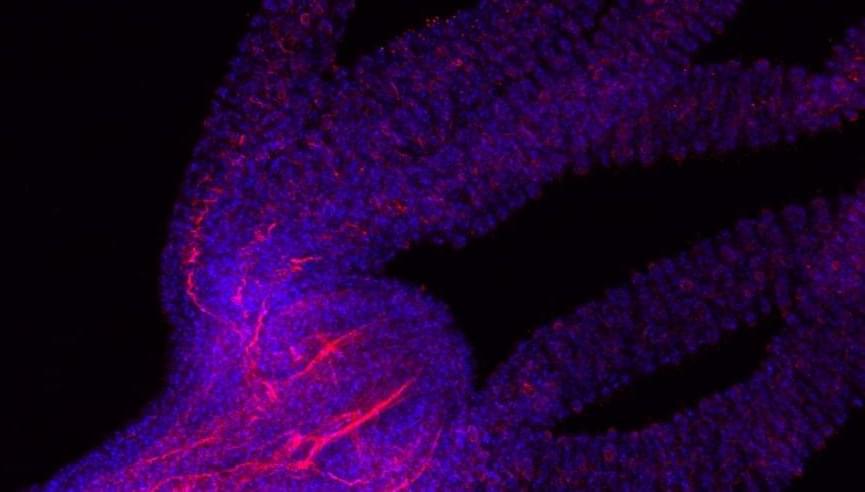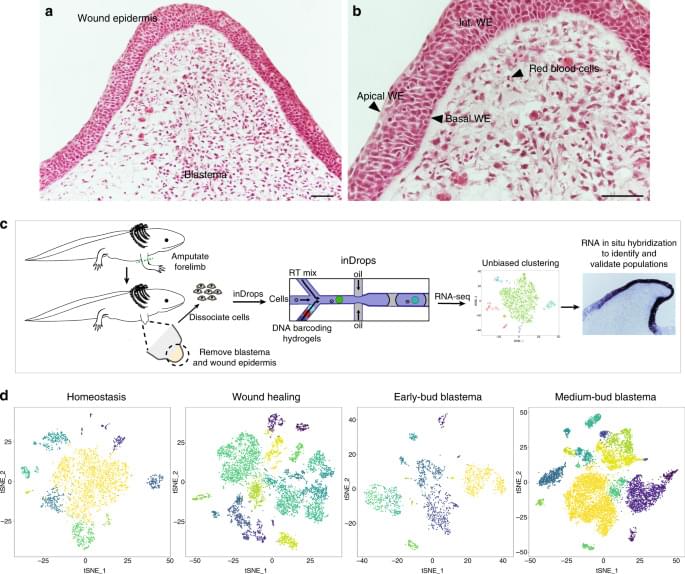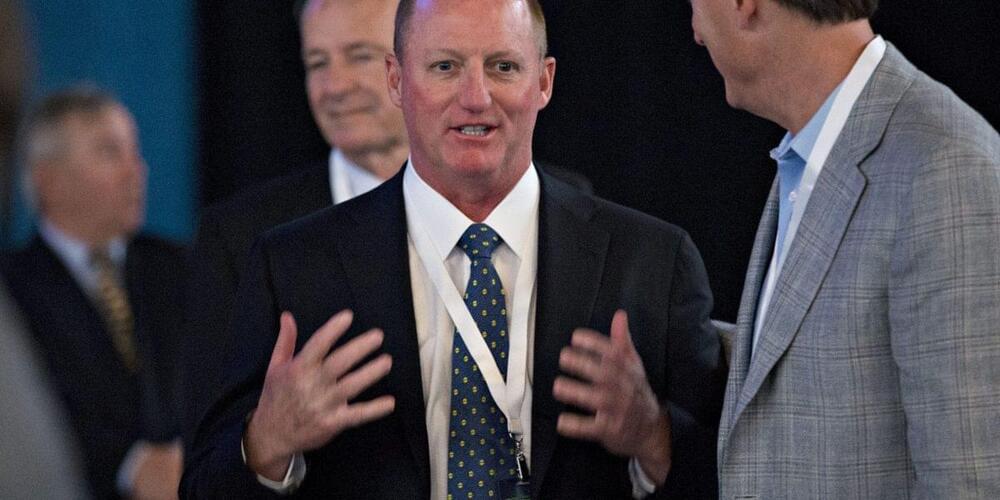Year 2022 This new protein Newtic1 holds promise to fully understanding limb regeneration in humans. Still though genetic engineering will be needed to fully integrate the ability for limb and body part regeneration.
The animal kingdom exhibits a plethora of unique and surprising phenomena or abilities that include, for some animals, the ability to regenerate body parts irrespective of age. Now, researchers from Japan have discovered that the mechanisms behind this peculiar ability in newts have a few surprises of their own.









